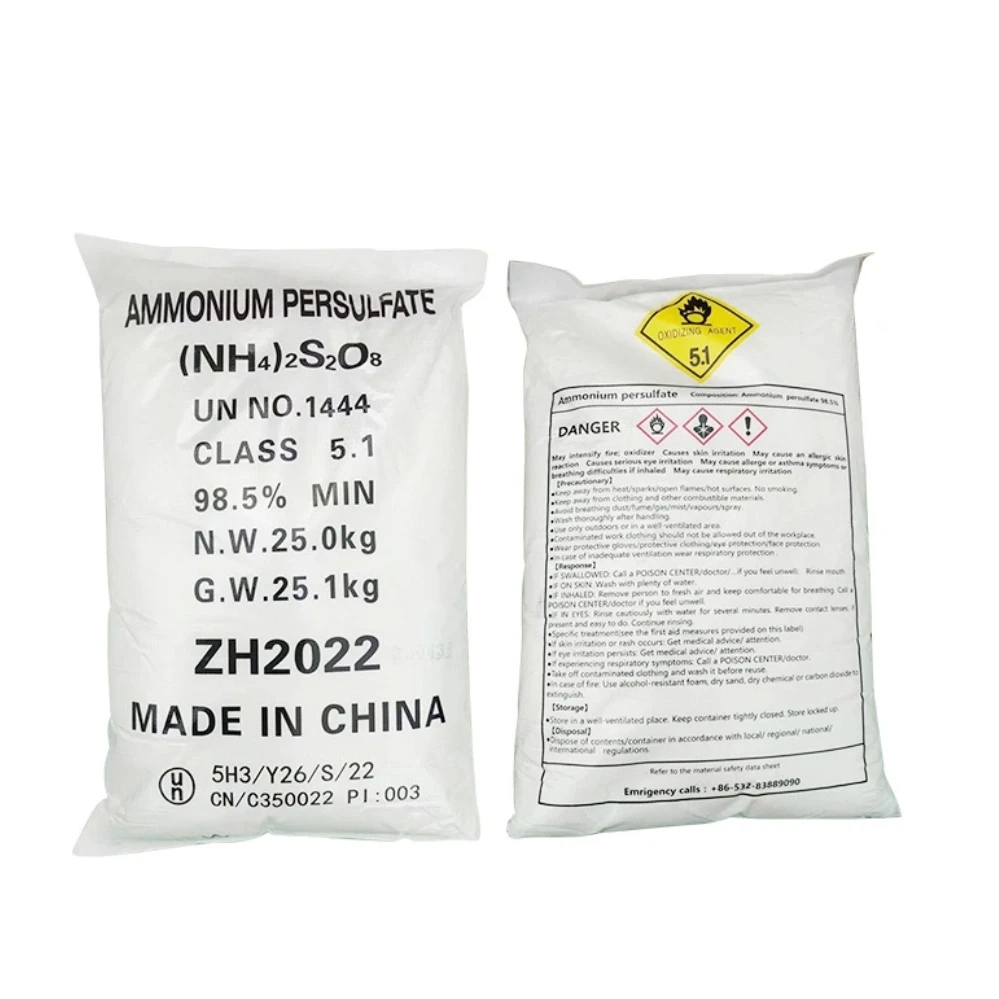



Polyacrylamide Production Techniques and Manufacturing Process Overview
The Manufacturing Process of Polyacrylamide
Polyacrylamide (PAM) is a versatile polymer widely used in various industrial applications, including water treatment, soil stabilization, and enhanced oil recovery. This article provides an overview of the manufacturing process of polyacrylamide, highlighting its key stages, raw materials, and important considerations throughout production.
Raw Materials
The manufacturing of polyacrylamide primarily involves the polymerization of acrylamide monomers. The main raw materials required are acrylamide, which can be produced from acrylonitrile through hydrolysis, and several additives and initiators that facilitate the polymerization reaction. Sodium bisulfite and ammonium persulfate are common initiators used to initiate the reaction by generating free radicals that help in chain propagation.
Polymerization Process
The manufacturing process begins with the preparation of the acrylamide solution. The acrylamide monomer is dissolved in water, creating a concentrated solution. This solution is then treated with the chosen initiators. The polymerization reaction is typically carried out under controlled temperature and inert gas atmosphere to prevent unwanted side reactions, such as polymer degradation or chain termination.
The polymerization can occur in two main phases batch and continuous. In a batch process, all the monomer is added at once and allowed to react for a defined period. In contrast, the continuous process involves the continuous feeding of the acrylamide solution into the reactor while removing the polymer product simultaneously. Continuous processes can offer advantages such as improved yield and consistency in the product’s molecular weight.
Control of Molecular Weight
One of the critical factors in the production of polyacrylamide is the control of molecular weight, which influences its properties and applications. The molecular weight can be controlled by adjusting the concentration of acrylamide, the amount of initiator used, and the temperature of the reaction. Higher temperatures and increased initiator concentrations typically result in higher molecular weight polymers. Conversely, adding chain transfer agents can limit the molecular weight if needed.
The process may also include the use of additives like crosslinkers to produce gel-like materials that are useful in specific applications, such as in the field of hydrogels for agriculture or biomedical uses.
polyacrylamide manufacturing process

Purification and Drying
Once the polymerization reaction is complete, the resulting polyacrylamide solution often contains residual acrylamide, unreacted monomers, and by-products. To ensure the safety and quality of the product, purification steps are critical. The purification process may involve filtration, precipitation, or dialysis methods to remove impurities and unreacted materials.
After purification, the polyacrylamide is typically in a liquid form. It can be further processed by drying to obtain a powdered form, which is easier to handle and transport. Drying methods might include spray drying or freeze-drying, depending on the desired properties of the final product.
Quality Control and Testing
Quality control is an essential part of the manufacturing process for polyacrylamide. Various tests are performed during and after production to ensure that the product meets the specified standards for purity, molecular weight, and performance characteristics. Key tests often include viscosity measurements, gel permeation chromatography (GPC) for molecular weight distribution, and residual acrylamide content analysis.
Environmental Considerations
Given the potential environmental impacts of acrylamide, manufacturers are increasingly focused on sustainability and reducing waste. Implementing recycling processes for water and chemicals used in production, as well as developing greener technologies for acrylamide synthesis, are crucial trends in the industry.
Conclusion
The manufacturing process of polyacrylamide is complex and requires precise control over multiple variables to ensure the production of high-quality polymers tailored for specific applications. As demand for polyacrylamide continues to grow across various industries, advancements in production technologies and environmental sustainability will remain essential to meet market needs while minimizing ecological impact. Through careful management of the manufacturing process, polyacrylamide will continue to play a significant role in addressing many modern-day challenges in water management, agriculture, and beyond.
-
How and Why to Disinfect Water Softeners for Safe, Reliable WaterNewsNov.24,2025
-
Effective Deionized Water Disinfectant Solutions for Healthcare & Industrial UseNewsNov.24,2025
-
Commonly Used Disinfectant for Drinking Water – Global Uses & InnovationsNewsNov.23,2025
-
Chemical to Disinfect Water – Essential Solutions for Safe, Clean Drinking WaterNewsNov.23,2025
-
Blue Water Disinfectant: Safeguarding Global Water Quality with InnovationNewsNov.22,2025
-
Bleaching Powder for Water Disinfection – Affordable & Effective Water Treatment SolutionNewsNov.22,2025
-
Bleaching Powder Drinking Water: Effective, Affordable Disinfection WorldwideNewsNov.21,2025










